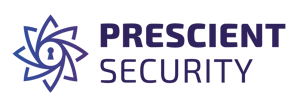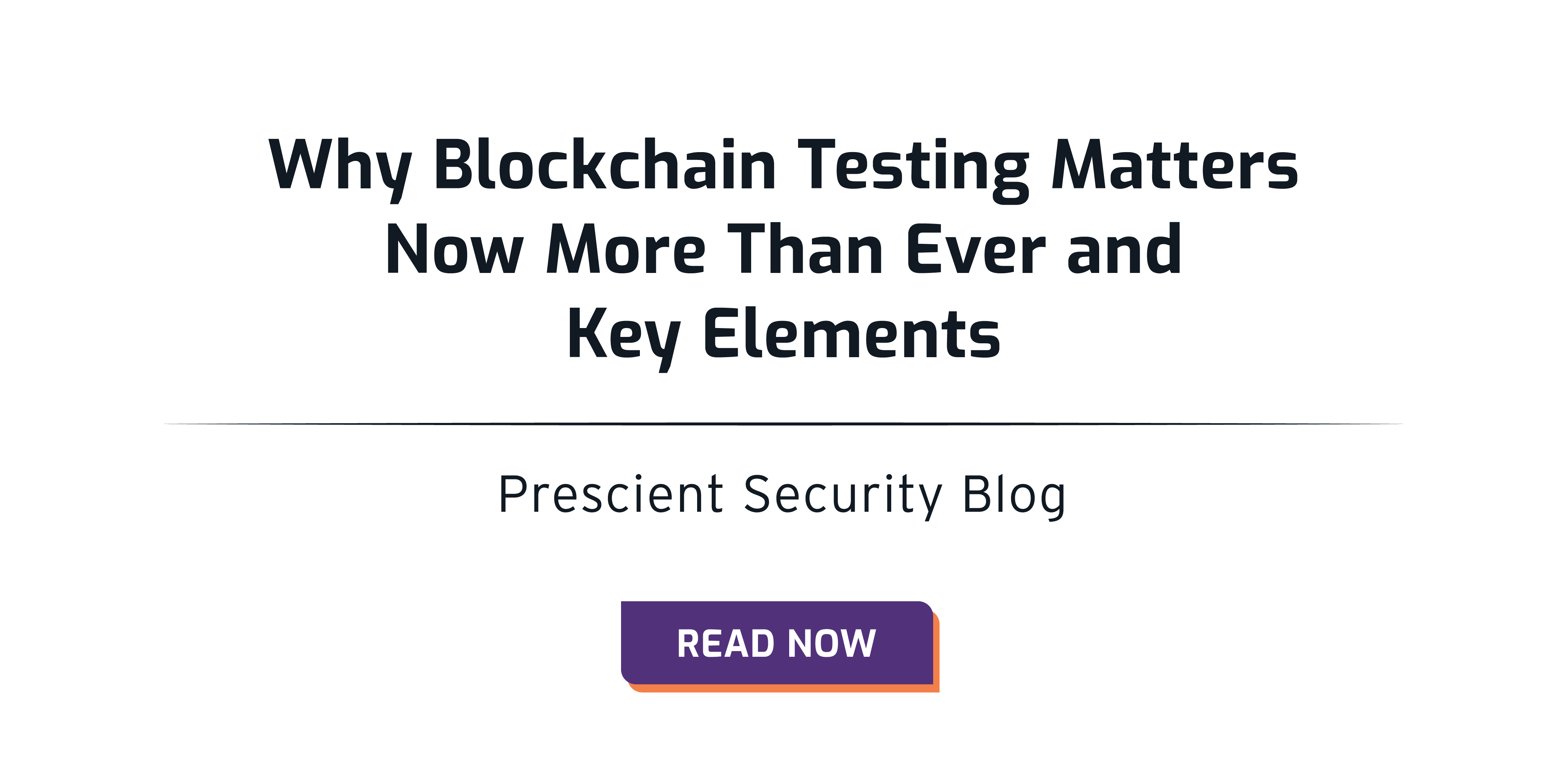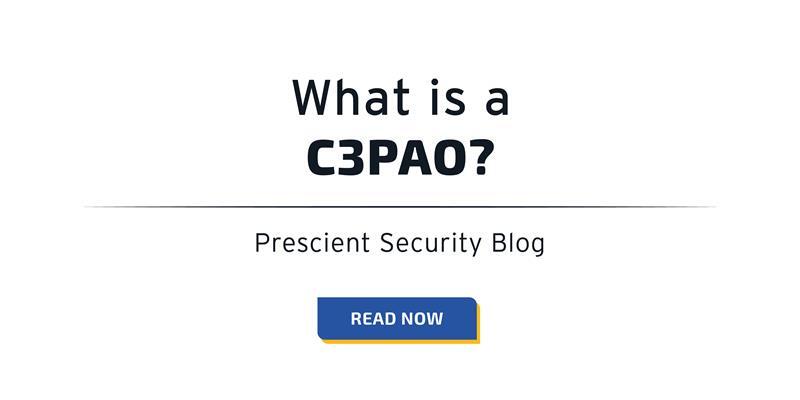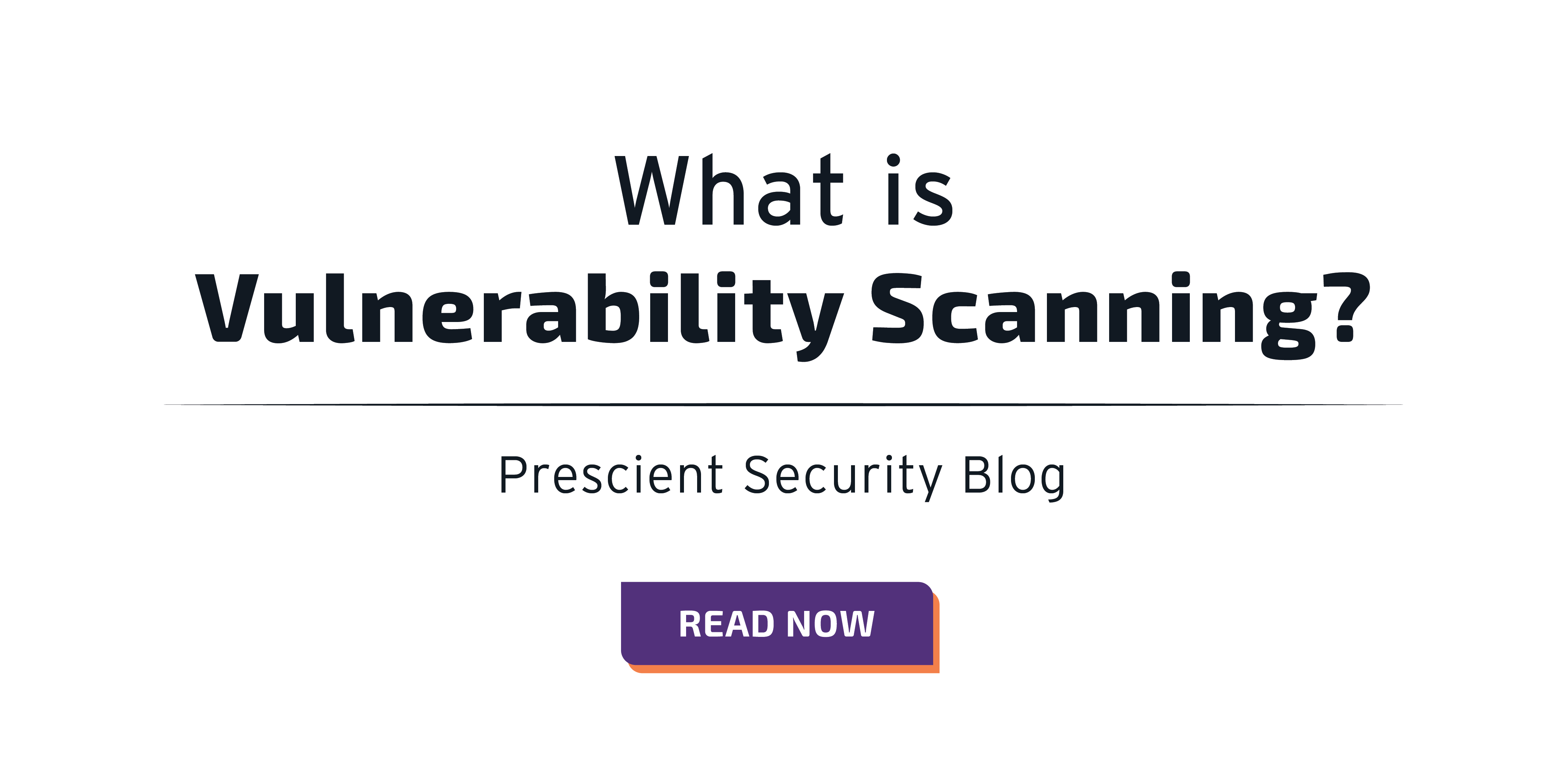ISO 42001: A Complete Guide
 Gabriela Silk
·
7 minute read
Gabriela Silk
·
7 minute read
A comprehensive approach to managing AI systems throughout their lifecycle, ISO 42001 emphasizes the integration of AI Management Systems (AIMS) with existing organizational processes, advocating for continuous improvement, security, and alignment with international standards.
AI's rapid growth in recent years has largely outpaced attempts to regulate it. The ISO/IEC 42001 standard, however, is here to change that. Those who have incorporated AI or are looking to do so in the future now have a set of regulations to guide the implementation process and ensure better risk management and trustworthiness for stakeholders, investors, clients, and the general public.
Keep reading for an in-depth look at the benefits the ISO 42001 standard can offer, how to implement ISO 42001, which aspects of AI management it addresses, and where additional AI standards may be better suited.
Contents
- What is ISO/IEC 42001?
- Why is ISO/IEC 42001 Important?
- Who is ISO 42001 For?
- What Are the Main Benefits of Implementing ISO/IEC 42001?
- The Principles and Key Structure of ISO 42001
- Clauses of ISO 42001
- ISO 42001 Annexes
- Steps to Implement ISO/IEC 42001
- ISO 42001 Isn't Where AI Governance Ends
- Prescient Security and ISO Audits: Enhancing Trust
What is ISO/IEC 42001?
The ISO/IEC 42001 was introduced in December 2023 as the very first international and certifiable standard for AI management system (AIM) governance. It promotes a more ethical and transparent approach to AI and includes specifications for all aspects of the technology’s usage, from implementation to maintenance.
The main driver of the ISO/IEC 42001 standard is to help reduce the risk factors associated with AI both within organizations and regarding its external impact.
Why is ISO/IEC Important?
For all that AI systems can offer in terms of innovation, they can also leave organizations vulnerable. The OECD’s AI Incident Monitor has already reported 600 AI-related incidents between January and October of 2024, and many Fortune 500 groups have expressed concern over the potential hazards of the technology.
The ISO/IEC 42001 standard is intended to address many of these concerns and provide a structured set of policies and guidance to ensure safer, more ethical, and responsible AI management. It’s essentially a push for greater due diligence so that embracing the benefits of AI doesn’t accidentally create governance issues for organizations.
Who is ISO 42001 For?
ISO 42001 is for any organization currently with an AIM system in place or considering integrating AI in the future. Though a voluntary standard, it’s expected to become the benchmark of AI governance going forward as countries around the world work on adopting more legally binding regulations. Those who want to get ahead and ensure greater longevity in their AI approach can gain a huge amount from ISO 42001.
What Are The Main Benefits of Implementing ISO/IEC 42001?
The need for trustworthy AI has been vocalized by people on all sides of the issue and is exactly what the ISO/IEC 42001 is intended to address. The benefits of implementing it don’t end with trust, though:
- Responsible AI: Much of the guidance laid out in ISO 42001 is there to help organizations assess potential negative outcomes of AI usage so that it’s used more responsibly and not applied as a general quick fix.
- Reputational Management: The ripple effect of the above is that reputations are better protected in the long term. Even powerful organizations such as Google have had their reputations diminished in the last year due to irresponsible AI and are an important warning signal of how quickly AI systems can get out of hand and impact public perception.
- AI Governance: Transparency, ethics, and quality checks are all a part of the ISO 42001 standard. This provides a crucial framework for better AI governance.
- Practical Guidance: The standard outlines policies and practical guidance on how to approach AIM systems with greater sensitivity.
- Identifying Opportunities: Though many view regulatory standards as an unnecessary hindrance to technological innovation, ISO 42001 offers useful insight on how to identify greater opportunities for AI and where it can be improved.
- More Rigorous and Efficient Risk Management: This is one of the foundational aspects of ISO 42001 and helps organizations protect themselves from any potential fallout from their AI use.
- Managing AI-specific Risks: What makes the above possible is that the set of standards is so AI-specific. Issues such as AI bias, incorrectly interpreting information, or accidental privacy violations are all addressed.
- Increased Trust: Managing AI risk head-on with ISO 42001 not only reflects well on the trustworthiness of the AIMS at hand but the organization as a whole. Taking steps to use technology responsibly is something that’s become an increasingly important value point for customers and stakeholders to see.
- Competitive Advantage: There’s a major competitive advantage to being an organization that chooses transparency and ethics voluntarily rather than only falling on these principles when forced to. Embracing AI governance sets organizations ahead of the curve.
- Prepare Organizations for Future Regulations: The EU already has an AI regulatory framework, but this is being bolstered each year. Their AI Act came into full force in 2024 and is causing ripples across global industries, especially since it’s expected that other developed nations will follow with similar guidelines. Implementing ISO 42001 is one of the best ways for organizations to prepare themselves for this likelihood and improve their global standing at the same time.
The Principles and Key Structure of ISO 42001
Here are the main principles of AI governance that ISO 42001 is structured around:
- Transparency: Decisions influenced or made by an AI system should be performed transparently, free of bias, and not have any negative environmental or social impact.
- Accountability: With the above transparency, organizations need to be ready to share how and why they came to AI-influenced decisions. Being open about that reasoning is a crucial component of accountability and building trust.
- Explainability: It’s not enough for AI systems to just be transparent about what’s influencing the technology. That information also needs to be readily provided to customers and stakeholders in a manner that is easy to understand.
- Fairness: An ongoing risk factor of AI is how frequently the technology is unfair to specific groups. ISO 42001 requires that AI systems be assessed and checked to mitigate this.
- Data Privacy: It’s paramount that the use of AI systems does not put user privacy at risk. Data management and security and the possible ways in which AI may impact these have to be considered and protected against.
- Reliability: An organization’s AI systems must be safe and reliable for those within that organization and anyone interacting with it externally.
Clauses of ISO 42001
The best way to understand how ISO 42001 can be used is to closely examine the clauses and how the standards are set up. The first three clauses cover the basic interpretation and scope of the standard:
- Scope: This first clause simply explains that the standards are “intended for use by an organization providing or using products or services that utilize AI systems” and that it’s meant to guide the establishment, implementation, maintenance, and improvement of AI systems.
- Normative References: Important AI terminology and concepts are broken down for the sake of compliance clarity.
- Terms and Definitions: Just a glossary of contextual terms for interpreting ISO 42001.
The next seven clauses describe what is required of an organization to comply with the standard:
- Context of the Organization: Understand the context of your AI system in terms of the organization’s objectives and interested parties.
- Leadership: AI governance is ineffective without a governance framework to support it. Prove a commitment to better AI practices from management by placing accountability for it on prominent individuals and establishing clear, actionable policies that support this.
- Planning: Formulate a plan that outlines the objectives of the AI system, how its risks will be assessed, and opportunities for improvement defined.
- Support: Set aside the necessary resources to support the AI system. This includes proper staffing, competence, skills development, and communication systems.
- Operation: The development, implementation, and overall operation of the AI system needs to reflect the ISO 42001 key principles such as privacy and fairness.
- Performance Evaluation: Organizations AIMS have to be monitored and evaluated regularly.
- Improvement: Based on the findings of those evaluations, action needs to be taken to improve any issues that arise. This is where the long-term aspect of ISO 42001 comes into play.
ISO 42001 Annexes (A-D)
After the ten clauses, the ISO 42001 document then includes four annexes that further describe the main objectives to be enacted as part of the standard:
- Annex A: This first Annex provides a list of controls for organizations to use in AI governance, including, but not limited to:
- AI Impact Assessment: Organizations have to create a process that can assess the potential consequences of their AI system in both technical and societal spheres
- Supplier Management: The above control and all others also need to relate to suppliers.
- AI Lifecycle Management: The whole lifecycle, from planning to testing and fixing, needs to be managed appropriately.
- AI Impact Assessment: Organizations have to create a process that can assess the potential consequences of their AI system in both technical and societal spheres
- Annex B: This describes exactly how each of the controls mentioned in Annex A should be implemented.
- Annex C: The objectives and primary sources of AI-specific risk when the technology is implemented in organizations.
- Annex D: This final annex looks at the standards that are only applicable to specific sectors and domains of AI use.
Steps to Implement ISO/IEC 42001
Here are some practical steps for implementing ISO 42001 and boosting AI governance in organizations:
- Familiarize: Get to know all the ins and outs of the ISO/IEC 42001 standard. It’s only by becoming familiar with the controls, principles, and annexes that organizations can prepare themselves for effective implementation.
- Get Key Stakeholders on Board: Implementation will likely require significant resources and a shift in management responsibilities. To meet that and have adequate support, key stakeholders need to be communicated with and brought on board.
- Conduct Readiness Assessment: Asses your current AI practices and how they fare against the ISO/IEC 42001 standard. This will show overall readiness, where intervention will likely be required, and whether further resources need to be gathered.
- Develop A Detailed Roadmap: Implementing the standard invariably requires multiple assessments to occur that address all sides of an organization’s AIMS. To perform this comprehensively and accurately, there needs to be a roadmap of how the tasks will play out and by whom. A roadmap will also keep things more efficient and ensure a faster implementation.
ISO 42001 Isn't Where AI Governance Ends
Though the ISO/IEC 42001 is an undeniably valuable tool for AI governance, it’s a fairly broad set of standards that may not be enough to use on its own if an organization has a more complex AIMS. It’s also not a particularly technical set of standards and isn’t set up to measure the robustness of more individual, innovative aspects of AI systems.
To assure stakeholders and customers that AI models are operating as intended, organizations may need to use more specialized standards alongside ISO 42001. It’s an excellent place to start, but shouldn’t be where AI governance ends. For example, the privacy and security aspects of the standard would at least need to be paired with larger data security certifications.
Prescient Security and ISO Audits: Enhancing Trust
The ISO 42001 standard is by no means the only certification that organizations can use to build trust and better align with global regulations. At Prescient Security, we offer guidance on getting certified for ISO 27001, 27701, 22301, and 9001 – all of which cover information security and quality management.
As with ISO 42001, embracing these standards can boost operational excellence and overall reputation. Talk to one of our experts here to understand just how ISO audits and certification can benefit your organization.



